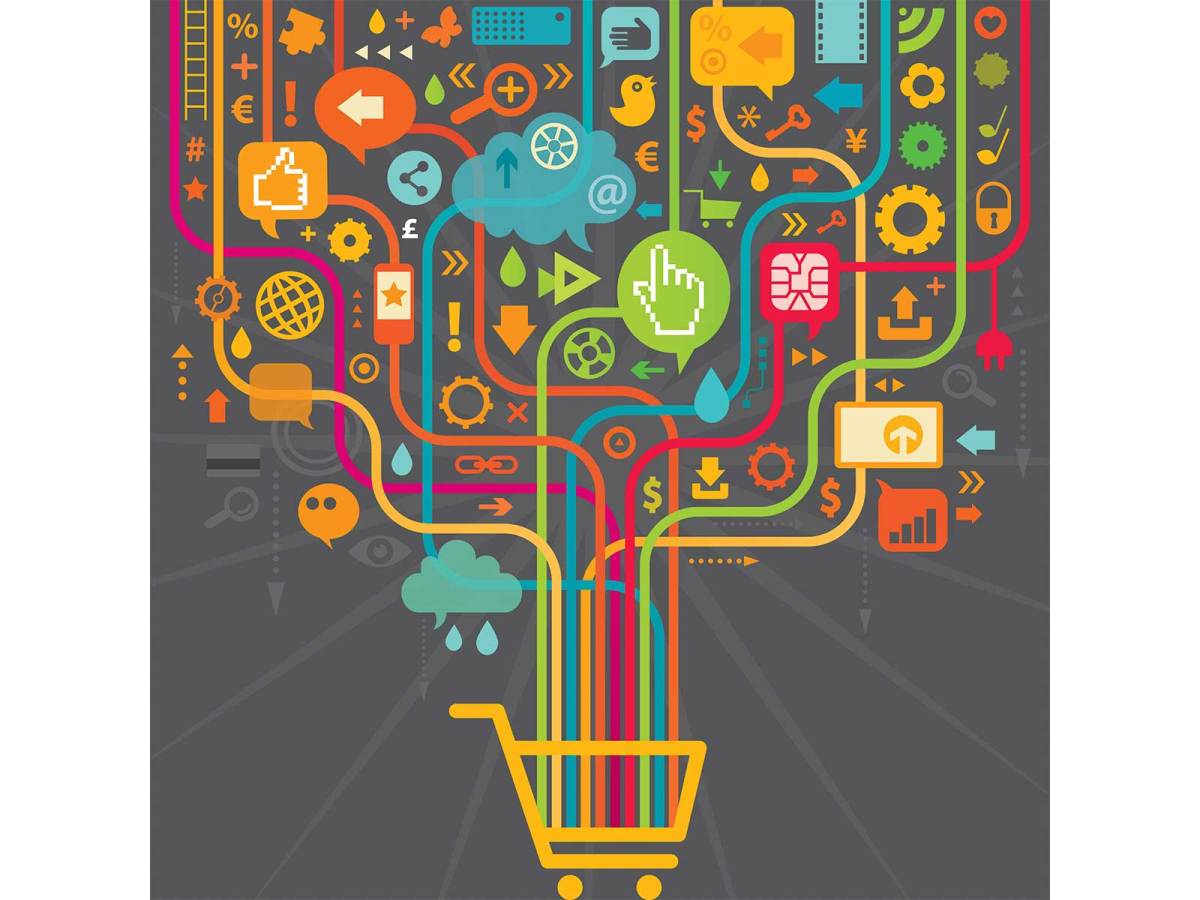The tide is turning for bricks and mortar retailers after pure play online retail took a chunk out of their revenue in the early- to mid-2000s.
As we’ve written about here and here, bricks and mortar retail is well-positioned to capitalise on omnichannel retail trends thanks the immediacy and the ability to experience products pre-purchase. However, the evidence is mounting that doing what’s always been done won’t be enough to fend off online or physical competitors.
The future for the retail industry is in the development of the ‘connected store’ that provides a seamless transition between online and offline and uses data to create a more personalised, relevant in-store offering, said PricewaterhouseCoopers global retail leader Stuart Harker.
“Retailers need to combine the best of the digital world, in terms of customisation, availability, and price, with the physical world to create a differentiated in-store experience,” Harker said.
Echoing this sentiment, PwC’s digital change leader John Riccio said retailers need to think of digital as more than just a sales channel.
“With uptake of digital mobile technology, Australian consumers are now ‘always on’,” Riccio said. “In the not-too-distant future consumers will expect the products they research online to be available in their local store, immediately. Even something as seemingly simple as this requires a significant investment in areas like predictive analytics and smart sourcing.
“For all its benefits, digital technology has been unable to eliminate our desire to interact with a product in a tactile way when we’re shopping,” Riccio said. “The message for retailers is to use digital technology to create a connected store, a store that packages the best of the online and offline worlds to offer something new, innovative, and exciting.”
A new PwC report on the rise of the ‘Connected Store’ highlights several ways the retailers can use online practices in-store to make their brand standout in industry by offering a more personalised experience.
- Customise the shopping experience
The digital marketing strategy of creating a customer profile allows retailers to personalise their offers, send out birthday vouchers and notify customers of new stock arrivals that match their tastes based on past purchases.
Transferring this profile in-store adds another level of personalisation to the shopping experience. For example with the addition of GPS and mobile technology stores can be notified when a returning customer enters and the sales staff can greet them armed with insider knowledge of the customer’s tastes and preferences.
In the other direction, if a customer creates a digital wishlist of items they fancy in store, retailers can notify them when that item goes on sale or if stock is low to encourage them to revisit the store.
- Enhance the in-store experience
Australians are generally regarded as early adopters of new technology making them a recpetive audience to try new ways to entice them in-store. Some of examples from the PwC report on the Connected Store report have a high novelty factor, for example Japanese fashion retailer United Arrows created an interactive window display where mannequins mimic observers movements using Microsoft’s Kinect technology and UK fashion retailer TopShop used Oculus virtual reality headsets to give customers the experience of sitting in the front row at fashion week (of a collection available in-store).
A more practical example of using technology to engage customers is Telstra’s ‘Sandbox’, installed at the comapny’s flagship store in the Sydney CBD allows customers can compare handsets by placing them on a digital display to access information including price, cameras, battery, speed and reviews
- Rethink POS and payment systems
Mobile payment devices, Apple Pay and self serve systems have already changed consumer expectations around paying for items in-store. Mobile or self serve payment options have the advantage of decreasing queues and freeing staff up to interact with more consumers.
- Below the line marketing is increasingly important
Marketing is also being disrupted by the changing retail environment. Once above the line campaigns took priority, now “below the line activities that offer the most connectivity directly to customers, result in tangible outcomes and enable the ability to be contextually relevant in a timely manner,” the PwC report states.

